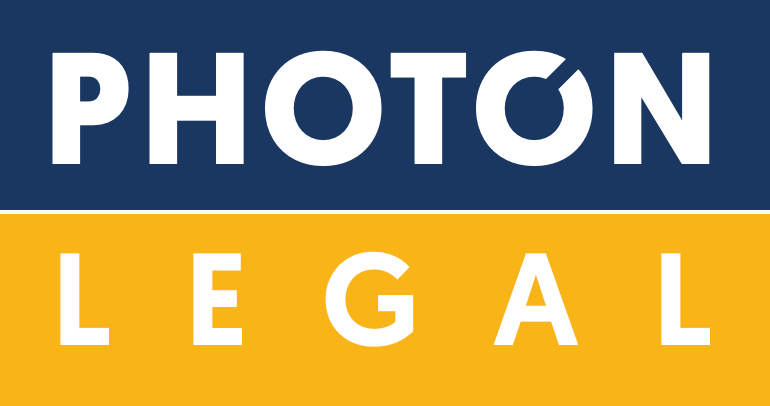
ItIntroduction
Companies build their reputations on the backs of their products and services, which they market under a variety of brand names! For instance, when you think of Cadbury, you probably picture purple wrappers on the chocolates inside the store. Brand name and packaging are now legally shielded against copycats thanks to IP protection. While many people recognize the Cadbury name, they may not realize that Mondelez International is the firm behind it. Protecting your brand and the goodwill connected with it through the intellectual property can lead to massive earnings down the road. Set out below are some insider tips for increasing profits through the use of intellectual property :
Licensing–
Profits can be made by licensing intellectual property rights to a third party under agreed-upon conditions. Furthermore, licensing allows your business to enter new product categories or expand into new locations at a reduced risk and cost, all while increasing brand awareness. Licensing agreements are the backbone of the entire licensing process. A licensing agreement is a contract between an IP owner (the licensor) and an outside entity (the licensee). Wherein the licensor grants the licensee the right to use the licensor’s IP in exchange for payment (the royalty). As an illustration, in 2006, Glenmark and Merck signed an out-licensing arrangement for the diabetic drug Melogliptin. Initially, Glenmark was paid $ 31 million for this.
Franchising–
Any successful business venture should consider considering franchising as an additional source of revenue. This method of generating revenue offers a specialized license in which the franchisor grants the franchisee permission to use a specific business model in exchange for a fee and licenses a collection of intellectual property rights, which may include, among other things, trademarks, service marks, patents, trade secrets, and works protected by copyright. For example- McDonald’s, a leading fast-food company, has been franchising since 1955 as a predominant way of doing business. In fact, out of the 38,695 restaurants that McDonald’s has worldwide, 36,059 are operated by franchisees, and only 2,636 by the company itself.
Technology Transfer–
Transferring intellectual property, scientific discoveries, and information from institutions of creation like universities and research labs to end users in the public and private sectors is what we call “technology transfer” (TT). The purpose is to apply new knowledge and research to the development of products and services for the public good. There is a direct connection between the sharing of knowledge and the sharing of technologies. Intellectual property rights must be protected and licensed in such a transfer and can generate enormous profits. While the company’s focus is on research and development, another entity is responsible for manufacturing the final product. As an example, a major Japanese firm (Honda) with cutting-edge automobile technology transferred its know-how to a major Indian firm (Hero Motors) with a substantial portion of the Indian market and a good image in the country.
Intellectual Property-Backed Loan–
Value creation through disruptive technology, business models, or goods is frequently linked to innovation. Innovating and fostering economic growth are both heavily dependent on intellectual property. As intellectual property is considered an asset for an organization, one can procure an IP-backed loan. Businesses without real assets or sufficient cash flow to sustain a traditional credit solution can benefit from IP-backed loans. The loans’ structure is based on that of typical real estate, equipment, or inventory-backed asset-backed loans. In exchange for interest payments, lenders obtain a security interest in a company’s intellectual property (IP) holdings as security for a loan. For example- General Motors pledged its “Green Technology” patents for a period of 2 years when it faced bankruptcy in 2009.
Strategic Partnership–
A strategic partnership is a form of business collaboration in which two or more parties pool their resources for the mutual benefit of all parties. Collaborating on intellectual property assets through a strategic partnership can lead to massive expansion and income. Organizations in such cooperation typically agree to pool their respective intellectual property resources in order to create a greater final product. Moreover, the risk is shared amongst the partners because it is a partnership model. Long-term collaborations with other medication developers form the backbone of the business and expansion strategy at Nycomed, a recognized pharmaceutical company. Through in-licensing deals and collaborative research with third parties, the company hopes to increase its selection of pharmaceutical products.
Merchandising –
This refers to an arrangement or agreement that grants permission for the use of trademarks, designs, artworks, fictional characters, real people, and other unique signs or symbols in connection with goods or services. Many well-known companies give permission to a third party to use their Intellectual Property for merchandising. It has a double advantage, firstly, the royalties earned from such licensing, secondly, it also helps with organic marketing. For example- The Walt Disney Co.’s Disney Consumer Products unit repeated as the top licensor in the world in 2021 with $56.2 billion in retail sales of licensed merchandise worldwide.
New Products from Existing Intellectual Property–
Once a product or service gains credibility in the marketplace, it benefits from a flood of support from loyal customers. Customers are more likely to purchase items from well-known brands’ production facilities than from those of up-and-coming manufacturers. When launching a new product, it’s best to do so under an established brand name. Doing so gives the product instant credibility with consumers and gives the company a leg up on the competition. This allows for the introduction of new items under the recognizable brand name, effectively elevating the status of the original brand. Extending a brand’s reach into new areas is a common marketing strategy. Titan, a well-known watchmaker, has branched out into eyeglasses under the brand name Titan Eyewear.
Co-branding–
Co-branding is a marketing tactic that involves putting several different brand names on a single product or service. It is a marketing tactic that aims to capitalize on the synergy that results from joining two well-known brands to create a third, distinctively branded product. Co-branding involves using the attributes and goodwill of two different products into one. The products or services enjoy the goodwill of combining brands and have a greater customer base. For example- Apple, the tech giant, made a deal with Hermes, a French luxury design house, in 2015, to make a luxury lineup of smartwatches, using the technology of Apple, and the design of Hermes. These watches are way costlier than normal Apple watches.
Conclusion:
When properly exploited, your IP may be a boon to your company’s growth and bottom line. Also, it can even be a source of revenue in and of itself if you play your cards right. Since intellectual property rights can boost profits, exploring all of your possibilities is essential. There are numerous legal ramifications to be aware of when assigning or licensing your intellectual property.

